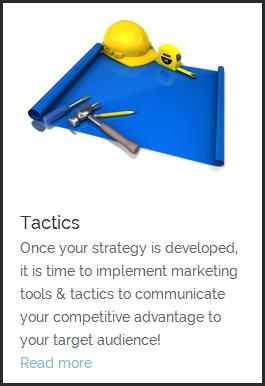“After nourishment, shelter and companionship, stories are the thing we need most in the world.” – Philip Pullman, British novelist
Research shows that likeability is one of the main drivers behind consumer purchase decisions. While there are many ways to make yourself ‘likeable’, a good story about yourself or your brand is one of the most distinctive and memorable methods. As the quote from Philip Pullman points out, people crave stories. And, the likeability created by a good story has a bigger influence on the customer than any other factor. Studies show that it does this by a factor of 3 to 1 for television commercials and 2 to 1 for ads.
A good example is Subaru’s “They Lived” commercial. It opens with hunks of a scrapped car. Seeing this footage, the viewer naturally assumes that the passengers perished in the crash. But each image ends by saying, “They lived.” The emotions and especially the suspense created by the video lead the viewer to form a psychological connection with Subaru.

“A story is a journey that moves the listener, and when the listener goes on that journey they feel different and the result is persuasion and sometimes action.”– Jennifer Aaker, Professor of Marketing at Stanford Graduate School of Business
Stories engage a number of parts of the brain. In addition to areas dealing with language and logic, they also activate areas related to sensory stimuli. A study by the Emory Institute in Atlanta in which participants read the novel Pompeii and then had MRI scans found that the novel’s story led to increased activity in the left temporal cortex, which is one area highly associated with language. It also found that just thinking about an action triggers the same areas that performing the action does.
Gregory Berns, the lead author of the study, said, “The neural changes that we found associated with physical sensation and movement systems suggest that reading a novel can transport you into the body of the protagonist.”
Compare this to what the brain does when it takes in facts and data. When looking at data, the language areas of the brain light up, but not the emotional and sensory areas. These are triggered only by stories. This means that your story engages your audience in ways data can’t. In addition to thinking, they’re feeling and actually experiencing the story.
People forget statistics and facts, but they don’t forget a good story.
This is especially true if your story conveys a message related to things your audience cares about deeply. According to Jennifer Aaker, Professor of Marketing at Stanford Graduate School of Business, “Stories are 22 times more memorable than facts alone.” Further, she says, “Studies show that we are wired to remember stories much more than data, facts, and figures. However, when data and story are used together, audiences are moved both emotionally and intellectually.”
Stories are memorable not only because of the emotional connection but also because they stand out. Amid all of the content clutter of the internet, a story gets attention. Think for a minute of the many articles you can find online that offer X number of tips for doing something. They’re all fairly generic. But what if you found a compelling story that ends with a list of takeaway tips? That’s something you’d be more likely to pay attention to.
Because of the explosive growth of social media and content marketing, stories are more important and effective than ever. Online, we’re not broadcasting advertising messages as we did through traditional media like TV and print. Effective online marketing doesn’t sell but informs and entertains. After consuming your content, your audience naturally thinks of you when they need your products or services. Stories offer an even better way to do this.
Your stories create an emotional connection between your target market and your product or brand. They have a psychological effect that adds tremendous power to your marketing and the ultimate growth of your company. While you may think that good storytelling is only for people with a born ability, there are tricks and processes that will make it easy for anyone. That’s what we’ll be discussing in this course.
Activity:
- Think about brand stories you remember easily. If you can’t think of any off the top of your head, browse around your favorite brands’ channels and pages on social media sites like YouTube or Facebook.
- Next, think about what made those stories memorable to you.








